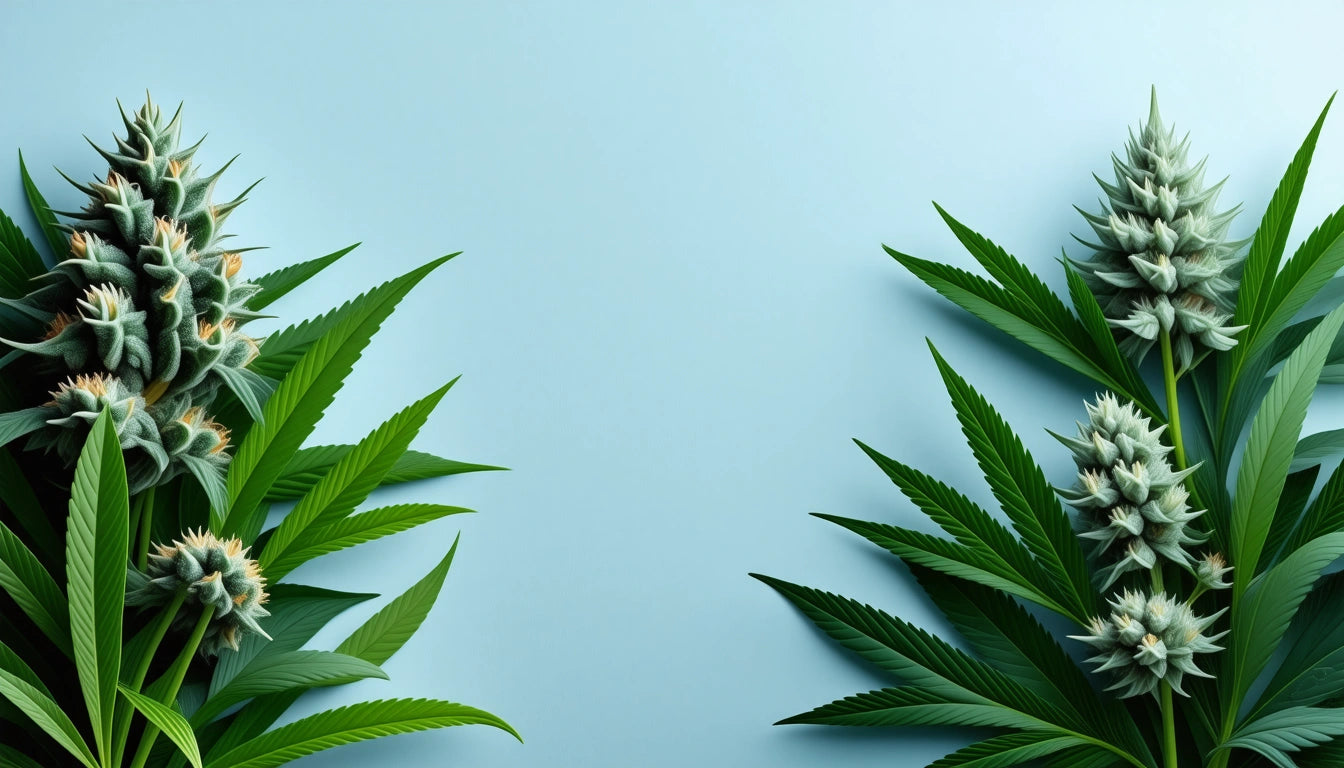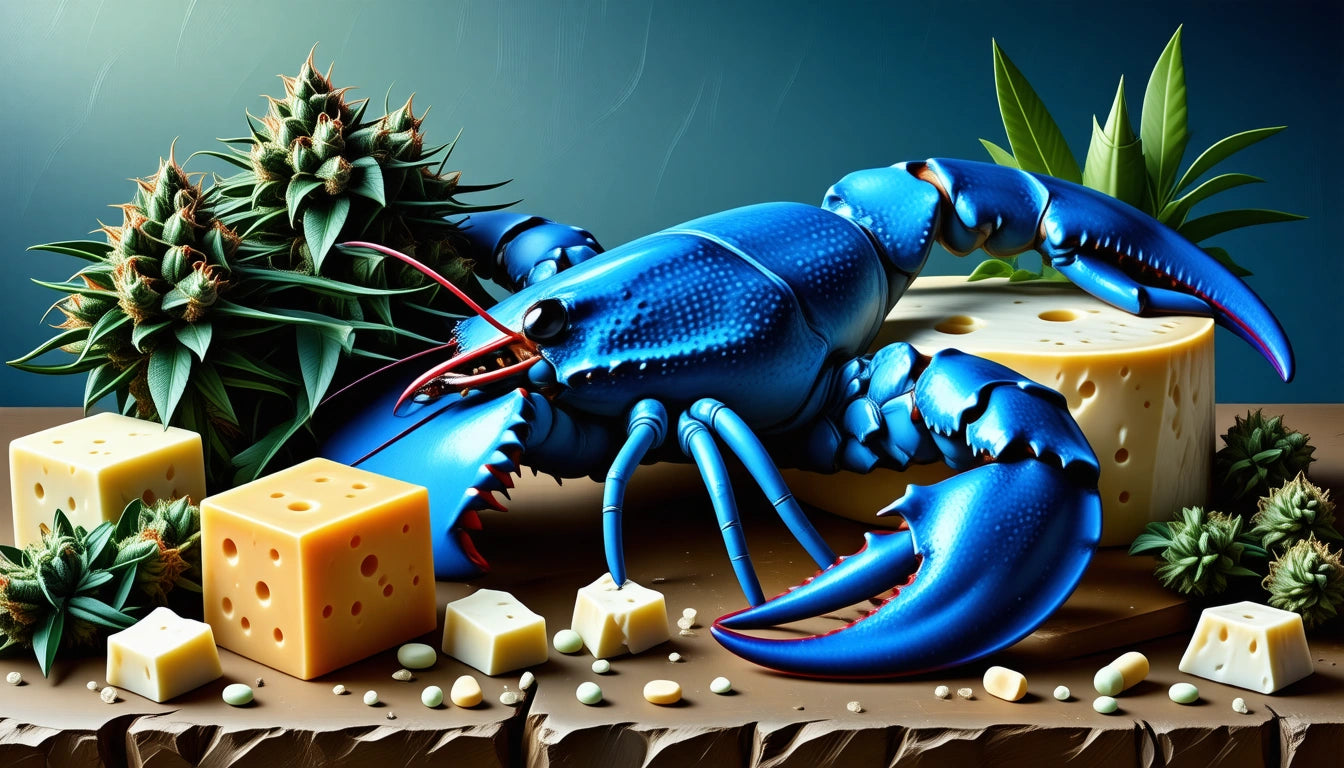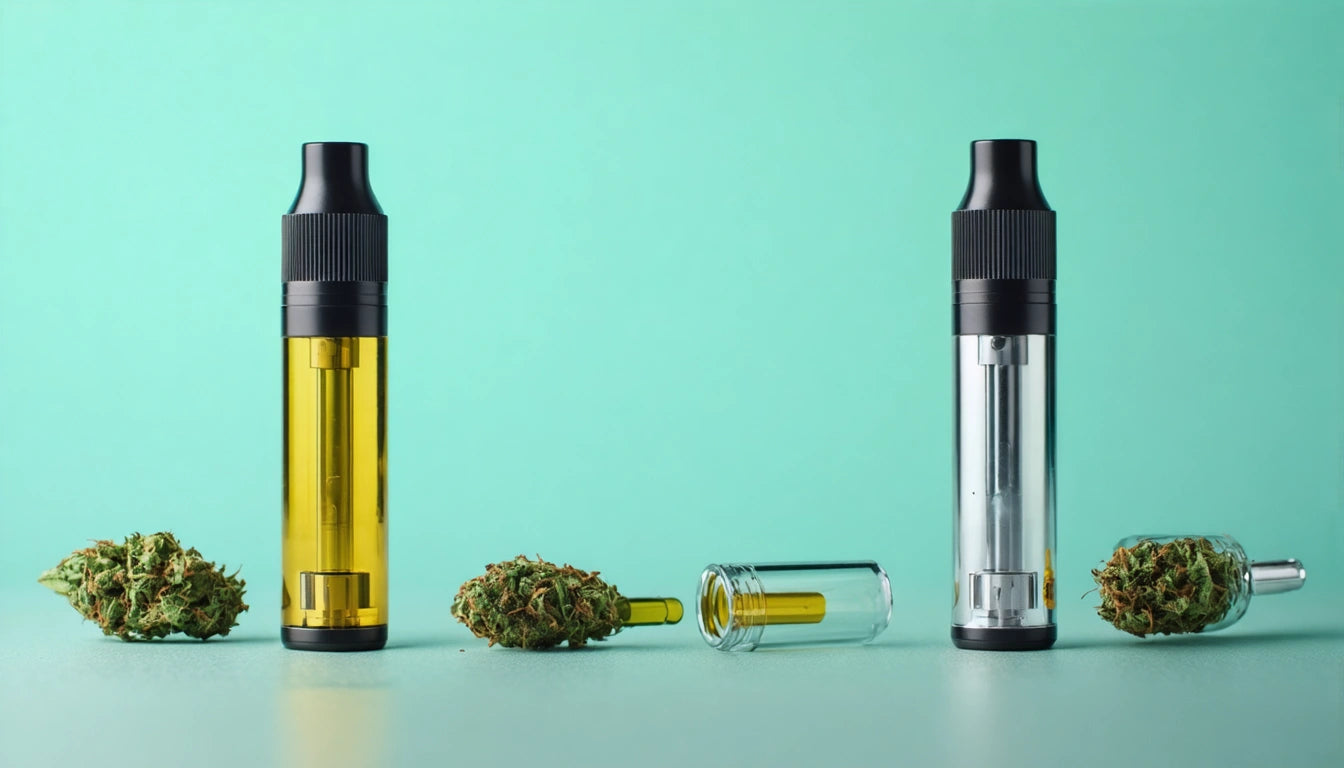Table of Contents
- Visual Differences: How to Identify Indica and Sativa Plants
- Effect Profiles: Comparing Indica and Sativa Experiences
- Chemical Composition: Cannabinoids and Terpenes
- Consumption Methods and Strain Selection
- Hybrid Strains: The Best of Both Worlds
- Practical Guide to Telling the Difference Between Strains
Understanding the Differences: Indica vs. Sativa Explained
Cannabis consumers often face confusion when distinguishing between indica and sativa strains. These two primary cannabis varieties offer distinct experiences, growth patterns, and physical characteristics. Understanding the indica vs sativa difference helps consumers make informed choices based on their desired effects and therapeutic needs.
Visual Differences: How to Identify Indica and Sativa Plants
Learning how to tell the difference between indica and sativa begins with examining their physical characteristics. These visual cues provide the first clues to strain identification.
Plant Structure and Growth Patterns
Sativa plants typically grow tall and lanky, often reaching heights of 12 feet or more when grown outdoors. They feature narrow leaves with finger-like structures that spread widely. In contrast, indica plants maintain a shorter, bushier profile, rarely exceeding 6 feet in height. Their leaves are broader and more densely packed, creating a fuller appearance.
Leaf Patterns
One of the most reliable visual indicators when examining the differences between indica and sativa leaves is their shape and arrangement:
- Sativa leaves: Thin, elongated fingers with light green coloration
- Indica leaves: Broad, wide fingers with darker green coloration
Bud Structure
The flower structure also helps in distinguishing between these varieties:
- Sativa buds: Tend to be more loosely packed, lighter in color, and have a more airy structure
- Indica buds: Generally dense, compact, and often darker with purple or blue hues in certain phenotypes
Effect Profiles: Comparing Indica and Sativa Experiences
The sativa vs indica difference extends beyond appearance to their distinctive effect profiles, which influence consumer preferences.
Typical Sativa Effects
Sativa strains are often associated with:
- Cerebral, energizing experiences
- Enhanced creativity and focus
- Uplifting mood effects
- Daytime functionality
These characteristics make sativas popular for social gatherings, creative projects, and outdoor activities. Understanding sativa effects helps consumers select appropriate strains for their needs.
Typical Indica Effects
Indica strains typically produce:
- Full-body relaxation
- Sedative qualities
- Pain and tension relief
- Evening and nighttime suitability
These properties make indicas favored choices for relaxation, sleep aid, and physical discomfort management.
Chemical Composition: Cannabinoids and Terpenes
How can you tell the difference between indica and sativa beyond visual cues? Their chemical profiles provide scientific distinction.
Cannabinoid Profiles
While THC and CBD levels vary widely within both categories, traditional patterns suggest:
- Sativas: Often higher THC:CBD ratios, promoting more psychoactive effects
- Indicas: Frequently contain more balanced THC:CBD ratios, potentially offering more body-focused effects
Terpene Composition
Terpenes significantly influence strain effects and can help identify varieties:
- Sativas: Commonly feature limonene and pinene, creating citrus and pine aromas associated with energizing effects
- Indicas: Often contain myrcene, linalool, and beta-caryophyllene, producing earthy, floral scents linked to relaxation
Consumption Methods and Strain Selection
Different consumption methods may highlight various aspects of the indica vs sativa difference. For pre-rolls specifically, the strain selection becomes particularly important as the format delivers effects quickly and directly. Our premium pre-roll packaging options are designed to preserve these strain-specific characteristics while maintaining compliance with regulations.
Matching Methods to Desired Effects
Consider how consumption method affects strain experience:
- Vaporization: Often accentuates terpene profiles, highlighting the nuanced differences between varieties
- Edibles: May diminish some of the distinctive sativa/indica characteristics due to metabolic processing
- Concentrates: Amplify strain-specific effects based on extraction method
Hybrid Strains: The Best of Both Worlds
Understanding hybrid cannabis adds complexity to the indica-sativa spectrum. Most modern strains are hybrids, combining characteristics from both varieties.
Hybrid Classifications
- Indica-dominant hybrids: Retain relaxing qualities while incorporating some sativa mental clarity
- Sativa-dominant hybrids: Maintain energizing effects while adding indica body comfort
- Balanced hybrids: Aim for equilibrium between mental and physical effects
Hybrids allow consumers to experience customized effect profiles that address specific needs or preferences.
Practical Guide to Telling the Difference Between Strains
For consumers wondering how to tell difference between sativa and indica in practical settings, consider these approaches:
Visual Assessment
When examining cannabis flower:
- Color: Indicas often display deeper greens and purples
- Density: Squeeze gently to assess compactness (indicas typically denser)
- Trichome coverage: Both varieties can be heavily frosted, but distribution patterns may differ
Aroma Evaluation
Smell can provide strong clues:
- Sweet, fruity, or citrus scents often indicate sativa influence
- Earthy, musky, or hashy aromas frequently suggest indica genetics
Effect Testing
The most definitive way to identify strain type is through careful observation of effects:
- Track energy levels, thought patterns, and body sensations
- Note onset time, peak effects, and duration
- Compare experiences across different strains
Keep a journal of experiences to develop personal understanding of how different varieties affect you specifically.
Beyond the Binary: The Evolving Understanding of Cannabis Varieties
Modern cannabis science suggests the indica-sativa framework represents an oversimplification. Research increasingly focuses on specific cannabinoid and terpene profiles rather than broad categories. Consumers benefit from understanding both traditional classifications and emerging scientific perspectives.
The next time you're selecting cannabis, consider both the traditional indica vs sativa difference and the specific chemical profile of the strain. This comprehensive approach leads to more predictable and satisfying experiences tailored to your individual needs.











Leave a comment
All comments are moderated before being published.
This site is protected by hCaptcha and the hCaptcha Privacy Policy and Terms of Service apply.